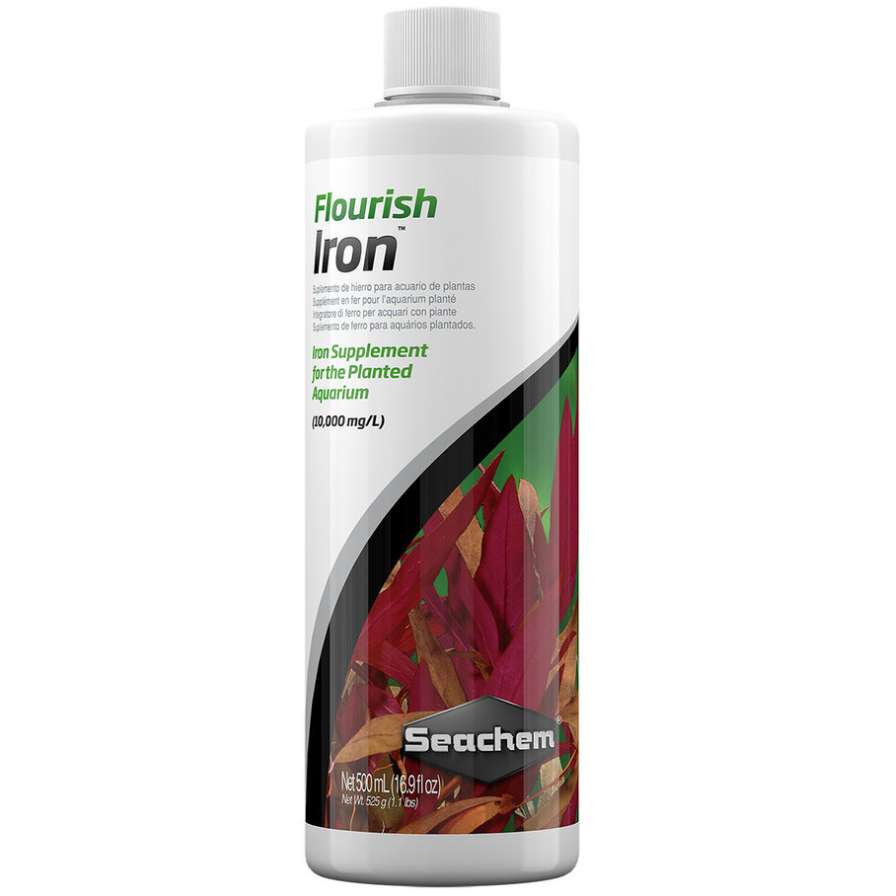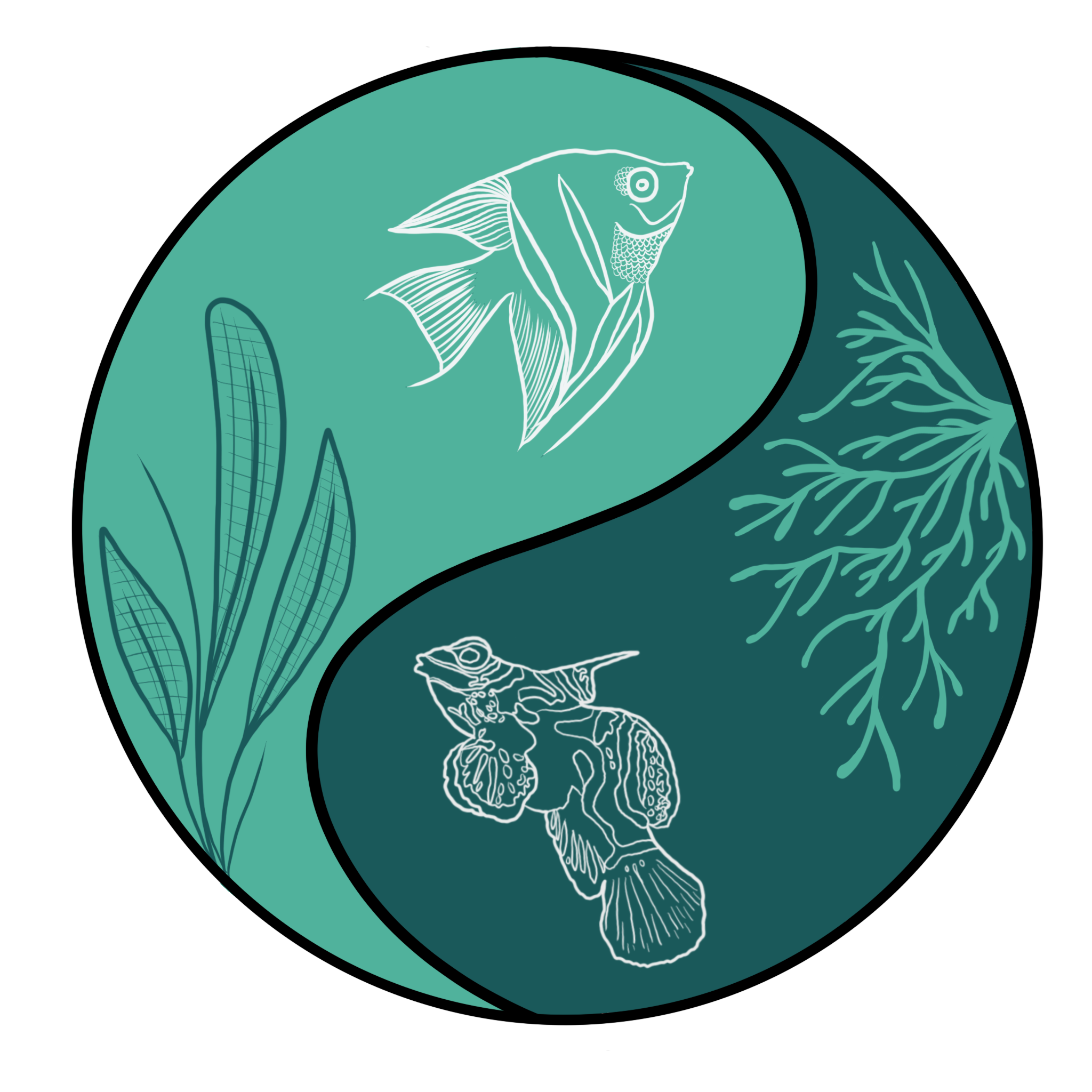Seachem
Seachem Flourish Iron
Seachem Flourish Iron
Regular price
$8.99 CAD
Regular price
Sale price
$8.99 CAD
Unit price
per
Shipping calculated at checkout.
Couldn't load pickup availability
Iron is immobile in plants. This means plants cannot divert iron from older leaves to new ones. Therefore, deficiency symptoms first appear on new or young leaves. Because plants use iron to produce chlorophyll, a lack of iron leads to chlorosis or yellowing of young leaves. Stems may also appear short and thin. If the deficiency is severe and prolonged, each new leaf emerges lighter in color than the previous leaf.
When choosing an iron supplement, it is important to know the distinction between the two forms of iron. Iron will be in one of two oxidation states: ferrous having a +2 charge or ferric having a +3 charge. Ferrous iron, the preferred form of iron and is soluble in water at any pH. Ferric iron, however, is only soluble below a pH of about 5.5; but if the pH is above 5.5, which will more than likely be in a planted aquarium, the ferric iron will become insoluble and precipitate, settling in the root zone. Once this happens, foliar uptake becomes impossible.
To overcome this precipitation, competing products use a ferric iron chelate: iron-EDTA. Although this keeps it soluble, it has some drawbacks when it comes to foliar iron uptake. (1) The iron-EDTA bond is very strong, so very little iron will be available to plants over any given period and (2) Physiological energy must be expended by the plant in order to extract ferric iron from the EDTA- iron then convert (reduce) it to ferrous form. Our approach is different in that we use a complex (not a chelate) of ferrous iron in Flourish Iron™.
Flourish Iron™ is a highly concentrated (10,000 mg/L) ferrous iron gluconate supplement. Plants can benefit from Flourish Iron™ much more easily because the ferrous iron gluconate is already in the ferrous form, so they don't expend energy reducing it. Despite what other manufacturers may imply, gluconate is not harmful to plants or fish. In fact, ferrous gluconate is better suited for foliar feeding than iron-EDTA due to the relatively weaker iron-gluconate bond compared to iron-EDTA bond. Additionally, ferrous gluconate has the added benefit of being a carbon source.
When choosing an iron supplement, it is important to know the distinction between the two forms of iron. Iron will be in one of two oxidation states: ferrous having a +2 charge or ferric having a +3 charge. Ferrous iron, the preferred form of iron and is soluble in water at any pH. Ferric iron, however, is only soluble below a pH of about 5.5; but if the pH is above 5.5, which will more than likely be in a planted aquarium, the ferric iron will become insoluble and precipitate, settling in the root zone. Once this happens, foliar uptake becomes impossible.
To overcome this precipitation, competing products use a ferric iron chelate: iron-EDTA. Although this keeps it soluble, it has some drawbacks when it comes to foliar iron uptake. (1) The iron-EDTA bond is very strong, so very little iron will be available to plants over any given period and (2) Physiological energy must be expended by the plant in order to extract ferric iron from the EDTA- iron then convert (reduce) it to ferrous form. Our approach is different in that we use a complex (not a chelate) of ferrous iron in Flourish Iron™.
Flourish Iron™ is a highly concentrated (10,000 mg/L) ferrous iron gluconate supplement. Plants can benefit from Flourish Iron™ much more easily because the ferrous iron gluconate is already in the ferrous form, so they don't expend energy reducing it. Despite what other manufacturers may imply, gluconate is not harmful to plants or fish. In fact, ferrous gluconate is better suited for foliar feeding than iron-EDTA due to the relatively weaker iron-gluconate bond compared to iron-EDTA bond. Additionally, ferrous gluconate has the added benefit of being a carbon source.


